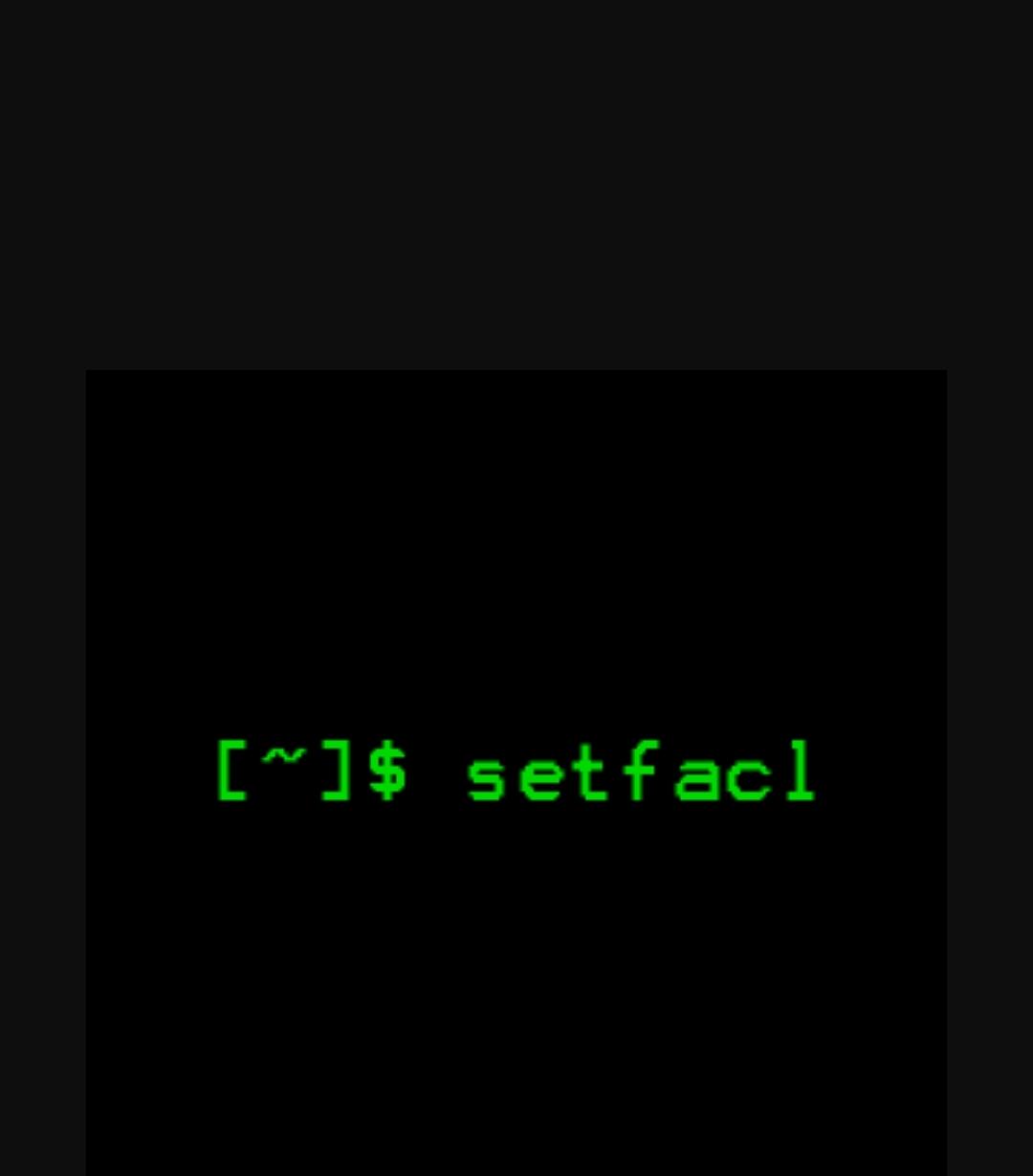Welcome to my comprehensive guide on using the find command in Linux. Whether you're a beginner or an experienced user, mastering the find command can significantly enhance your ability to navigate and manipulate files and directories in the Linux environment.
Basic Syntax and Usage
The find command in Linux is incredibly versatile, allowing you to search for files and directories based on various criteria. Here's the basic syntax:
find [path...] [expression]
To find files by case-insensitive extension (e.g., .jpg, .JPG, .jpG), you can use:
find . -iname "*.jpg"
Similarly, to find directories:
find . -type d
And to find files:
find . -type f
Searching for Files and Directories
When searching for files, you can specify additional criteria such as permissions or file type. For example, to find files with octal permission 777:
find . -type f -perm 777
To find files modified more than 7 days ago:
find . -type f -mtime +7d -ls
And to search for symlinks owned by a specific user:
find . -type l --user=username -ls
Performing Actions on Found Items
Once you've found the files or directories you're interested in, you can perform various actions on them. For instance, to delete files with a specific extension, you can use:
find ./path/ -name '*.txt' -exec rm '{}' \;
To modify permissions of found files:
find . -type f -exec chmod 644 {} \;
Combining Multiple Criteria
Combining multiple search criteria can help you narrow down your results effectively. You can use logical operators like -o and -prune to exclude certain directories or files from the search. For example, to find all directories except tmp:
find /path/to/dest -type d \( ! -name tmp \) -print
Advanced Usage
The find command supports advanced usage scenarios, such as searching for files based on size or modification time. For instance, to find files bigger than 2 Megabytes and list them using the ls command with all their information from permissions to size:
find . -type f -size +200000000c -exec ls -lh {} \; | awk '{ print $9 ": " $5 }'
#the same as
find . -type f -size +2M -exec ls -lh {} \; | awk '{ print $9 ": " $5 }'
You can play with the fields of awk command to get your desired output.
Best Practices and Tips
Be cautious when using
-execto perform actions on found items, as it executes the command for each found item.Combine
findwith other commands likegreporxargsfor more complex operations.Regularly review and test your
findcommands before performing actions like deletion to avoid unintended consequences.
Conclusion
The find command is an indispensable tool for navigating and managing files and directories in Linux. By mastering its syntax and various options, you can streamline your workflow and perform tasks more efficiently. I encourage you to experiment with the examples provided and explore further possibilities offered by this powerful command.





















0 Comments, latest